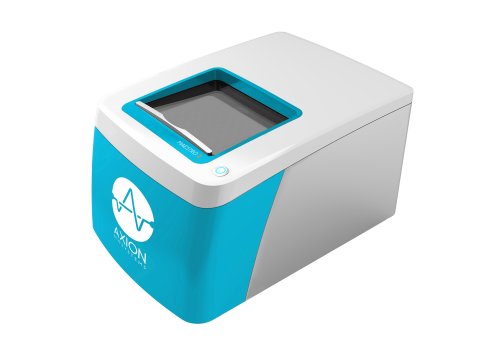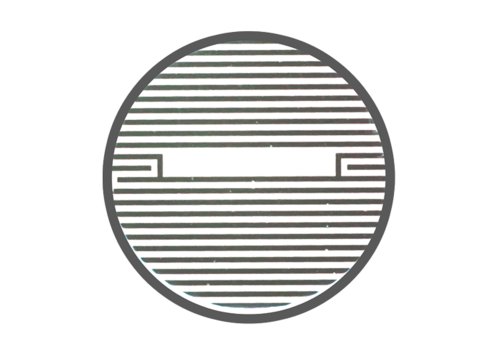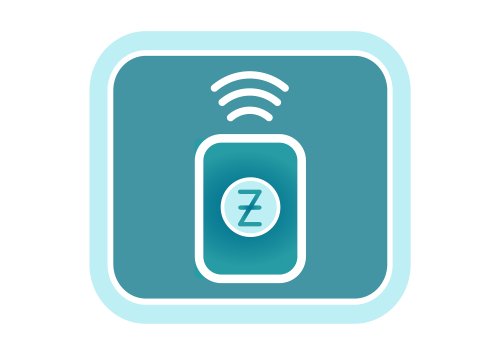Glioblastoma is a particularly aggressive form of brain cancer, and has no effective treatments. Consequently, new therapeutic approaches, such as immunotherapies, are urgently needed to improve patient outcomes. One such therapy is chimeric antigen receptor (CAR) T cell therapy, a form of targeted immunotherapy that involves the modification of a patient’s own T cells to target specific antigens expressed on the tumor cell surface. In this webinar, Dr. Lohitash Karumbaiah and Meghan Logun (University of Georgia), use label-free impedance measurements to assess in real-time, the targeting potency of activated human T cells on glioma cell monolayers and demonstrate the value of using an in vitro impedance-based assay to access therapeutic CAR T-cell potency against glioblastoma.
Transcript of Webinar on Cancer treatment immunotherapy
Thank you for joining us on today’s Coffee Break Webinar. Today’s topic is Targeting Glioblastoma: Assessing the Potency of T cells to Kill Cancer.
Glioblastoma is the most common type of primary brain tumor in adults, accounting for 17% of all brain tumors. A particularly aggressive form of brain cancer, glioblastoma has no effective treatments and a prognosis of only 12–15 months. Consequently, new therapeutic approaches are urgently needed to improve patient outcomes.
Cancer immunotherapy focuses on harnessing the innate powers of the immune system to fight cancer. T cells play a critical role in the body’s adaptive immune response, by seeking out and destroying compromised cells. One such therapy is chimeric antigen receptor (CAR) T cell therapy, a form of targeted immunotherapy that involves the modification of a patient’s own T cells to target specific antigens expressed on the tumor cell surface.
In this webinar, Dr. Lohitash Karumbaiah and Megan Logan at the University of Georgia, use label-free impedance measurements to assess in real-time, the targeting potency of activated human T cells on human U87MG glioma cell monolayers. These findings demonstrate the value of using an in vitro impedance-based assay to access therapeutic CAR T-cell potency against glioblastoma.
Our presenters today are Dr. Karumbaiah and Meghan Logun from the University of Georgia’s Regenerative Bioscience Center. Dr. Karumbaiah is currently an associate professor of regenerative medicine. His research is focused on the design and development of novel interventional therapies to combat traumatic brain injuries and invasive brain tumors. Meghan Logun received her masters of science in Animal Science in 2016 at Emory University before continuing onto doctorate work under Dr. Lohitash Karumbaiah. She is currently a PhD candidate in the Neuroscience program, with projects focusing on mechanisms of brain tumor invasion and immunosuppression.
Thank you for the introduction, Melissa.
Cancer continues to be a major societal burden in the united states and around the world. Despite the challenges, significant progress has been made in treating cancer over the past three decades. Recent statistics from the National Cancer Institute indicate a 26% reduction in overall cancer death rate between 1991 and 2015, at an average of 1.8% per year for men, and 1.4% for women across all sites. The treatment of cancers such as Melanoma, Leukemia, and Non Hodgkin’s Lymphoma have especially benefitted from early detection, as well as due to the administration of novel cellular and molecular immunotherapies. In contrast, there has been a significant increase in incidence of solid tumors such as brain and pancreatic tumors across both men and women.
Glioblastoma (GBM) is the most commonly occurring primary brain tumor in adults. GBM accounts for almost 17% of all primary and metastatic brain tumors. According to the National Cancer Institute, approximately 23,000 adults are diagnosed with this deadly form of brain cancer every year. GBM metastasis is rarely observed outside the central nervous system.
First-line treatments consisting of surgical tumor resection and radiochemotherapies do not provide a significant survival benefit, with patients rarely surviving beyond 15 months post-diagnosis. Chimeric antigen receptor (CAR) T-cells are engineered to present a cell surface receptor that can recognize an antigen on the tumor cell and kill it.
CAR T-cell therapies have demonstrated great success against lymphoma and leukemia, although similar success against GBM has not yet been achieved. Novel CAR T-cells are being developed to better target GBM. Clinical outcomes depend on several factors such as: 1) extravasation potential; 2) choice and abundance of target epitope; 3) CAR Architecture; 4) Dosage and frequency of administration; and 5) tumor homing and persistence, among other factors.
While in vivo assessment of these outcomes can be quite complicated, in vitro assays such as the cell impedance assay can be extremely useful to evaluate the targeting potency of CAR T cells. The in vitro impedance assay is a novel tool that can be used to accelerate investigation of therapeutic cell efficacy and identification of desirable quality attributes by reducing dependence on laborious animal studies.
Impedance measures how much electrical signal (teal-colored arrows) is blocked by the electrode-cell interface. When the electrode is uncovered, electrical signal easily passes and the impedance is low. When cells cover the electrode, less electrical signal passes (blocked arrows) and impedance is high. When cells die or detach, the impedance decreases back towards baseline.
The Maestro Z impedance assay provides a sensitive, label-free, nondestructive method to continuously monitor cancer cell proliferation and immune mediated cytotoxicity. Axion's 96-well CytoView-Z plate has a recording electrode embedded in the culture surface of each well. The target cells are cultured in the plate. You can see the electrodes at the bottom of the well as black lines. Load this plate into the Maestro Z system and allow the environmental chamber to automatically equilibrate.
This can be adapted for whatever desired carbon dioxide and temperature conditions relevant to the assay. The Maestro Z platform uses impedance measurements (in ohms, Ω) to quantify the presence of the target cells on the electrode. Following the addition of T cells to the wells of the multiwell plate, T cell-mediated target cell killing can be tracked in real-time providing a powerful means of assessing immune cell potency.
In the following experiments, U87MG cells were used, which is a human glioblastoma cell line. These were also transfected with EGFP so that we could observe them under fluorescent microscopy. U87MG glioma cells were seeded into the CytoView-Z plate at three different densities 10,000, 25,000, and 50,000 cells per well with an (n=12) for each replicant and impedance was continuously monitored on the Maestro Z.
After 24 hours, activated human T-cells were added in a 10:1 ratio to each well (n=4 wells for each cell density). Different seeding densities can be detected as corresponding changes in intensity of green fluorescent protein (GFP) signal and impedance. The addition of CD3/CD28 activated human T-cells to U87MG glioblastoma cell monolayers results in a progressive reduction of cellular impedance when compared to untreated controls in a cell density dependent manner, as reflected in the dynamic impedance tracking. We observed that the addition of activated human T cells resulted in a decrease of the impedance signal over time which was consistent with T cell mediated lysis of U87MG cells, regardless of the initial seeding density of cancer cells. While untreated wells continued increasing in impedance over days in culture, within 24h of adding T cells to our U87 monolayers we were able to observe T cell induced cytotoxicity.
Percent cytolysis can be tracked in real time (middle), which then enabled computation of KT50 values for each seeding density (shown on the right). We found that the higher the initial density of cancer cells leads to a faster killing by proportionately scaled T cell populations, which can be acutely measured within the Maestro platform.
In summary… we observed that impedance-based cytotoxicity assays provide many advantages for the examination of T cell and cancer cell interactions as we move forward with CAR-T research. We found a high sensitivity to cell-cell interactions over various effector: target cell ratios, in a method that provides label-free and real-time monitoring. In combination with the ability to control the temperature and carbon dioxide conditions, there is no need for additional cell culture equipment to conduct physiologically relevant experiments with translational impacts.
The data generated with the Axion Maestro system will inform our next cell-based assays on CAR-T targeting and efficacy for solid tumors.
In closing, I would like to acknowledge everyone who was involved in the acquisition of this data as well as the CMaT ecosystem, and the other members of the Karumbaiah Lab at the University of Georgia Thank you for your time, I hope you enjoyed this webinar on the capabilities of the Axion Maestro system.
And that is the conclusion for today’s Coffee break webinar. If you have any questions you would like to ask regarding the research presented or if you are interested in presenting your own research with microelectrode array technology or impedance based assays, please forward them to coffeebreak@axionbio.com. For questions submitted for Dr. Lohitash, he will be in touch with you shortly.
Thank you for joining in on today’s coffee break webinar and we look forward to seeing you again.





